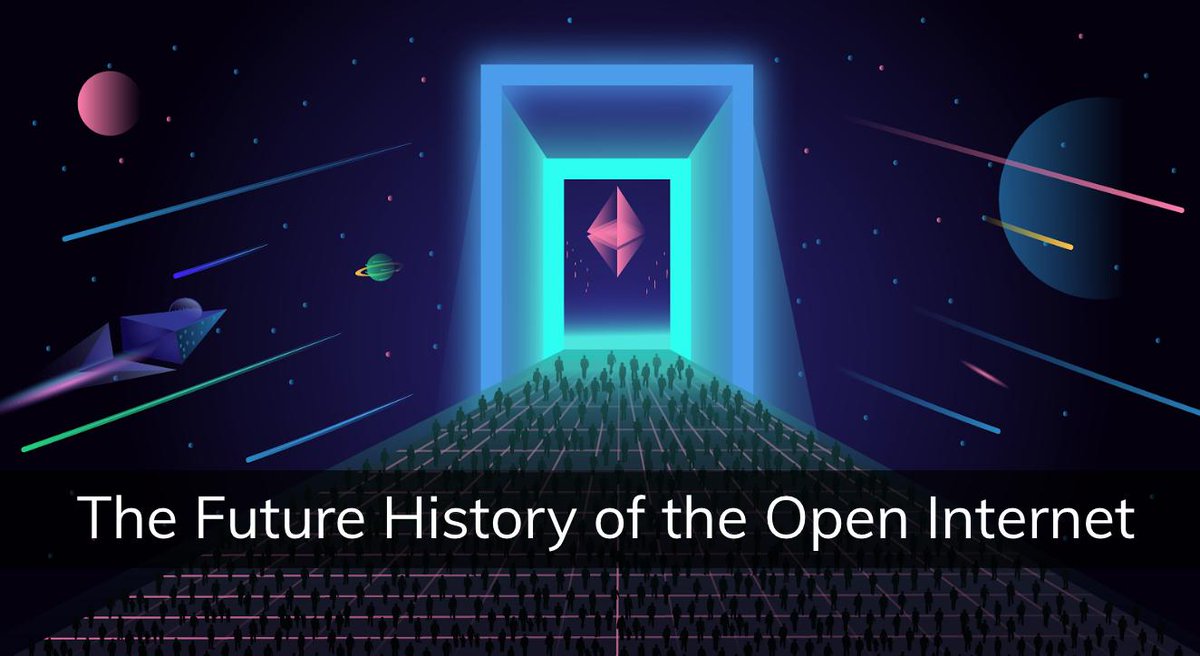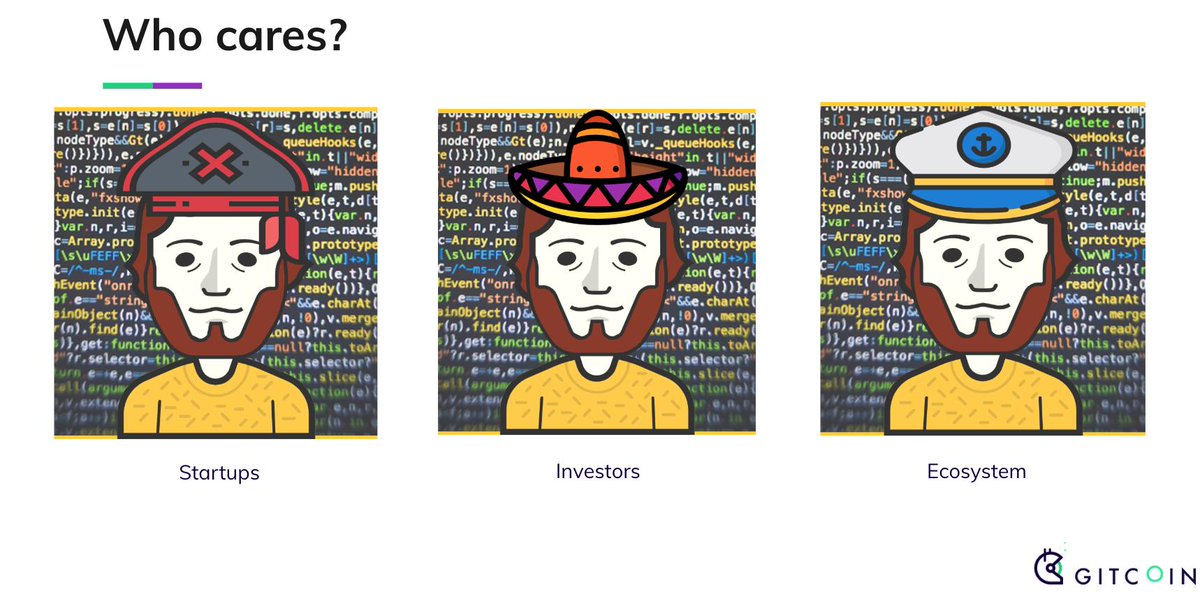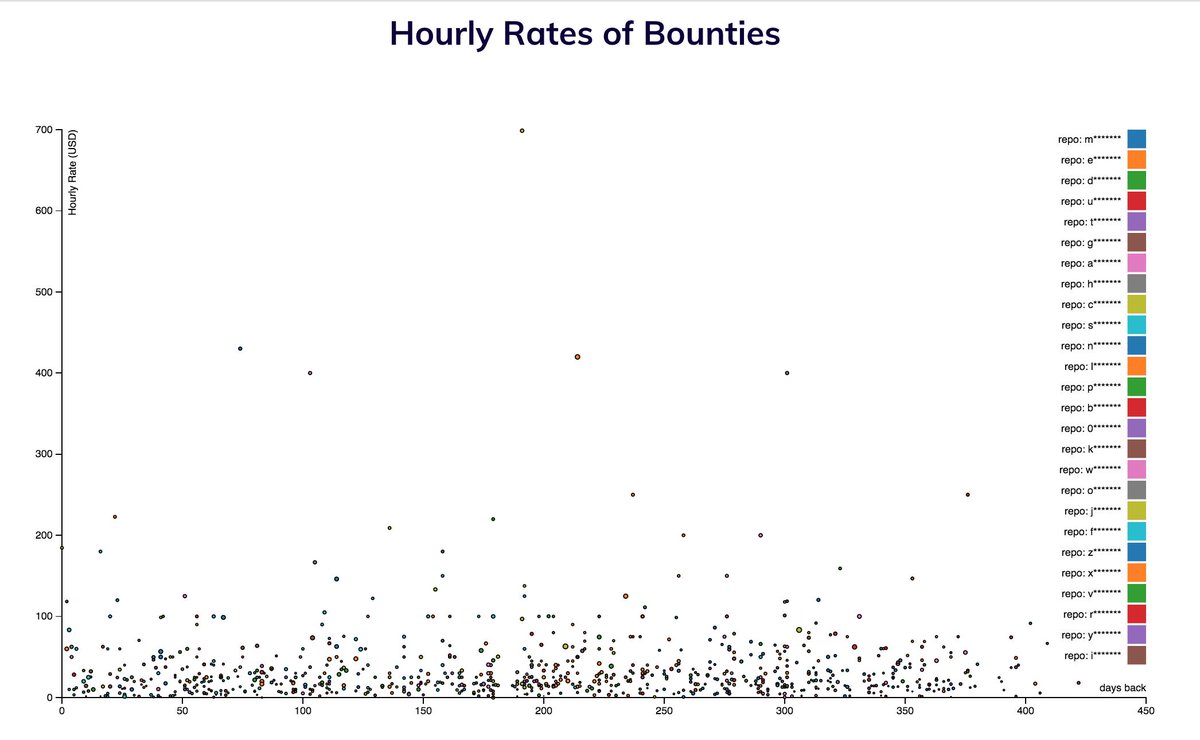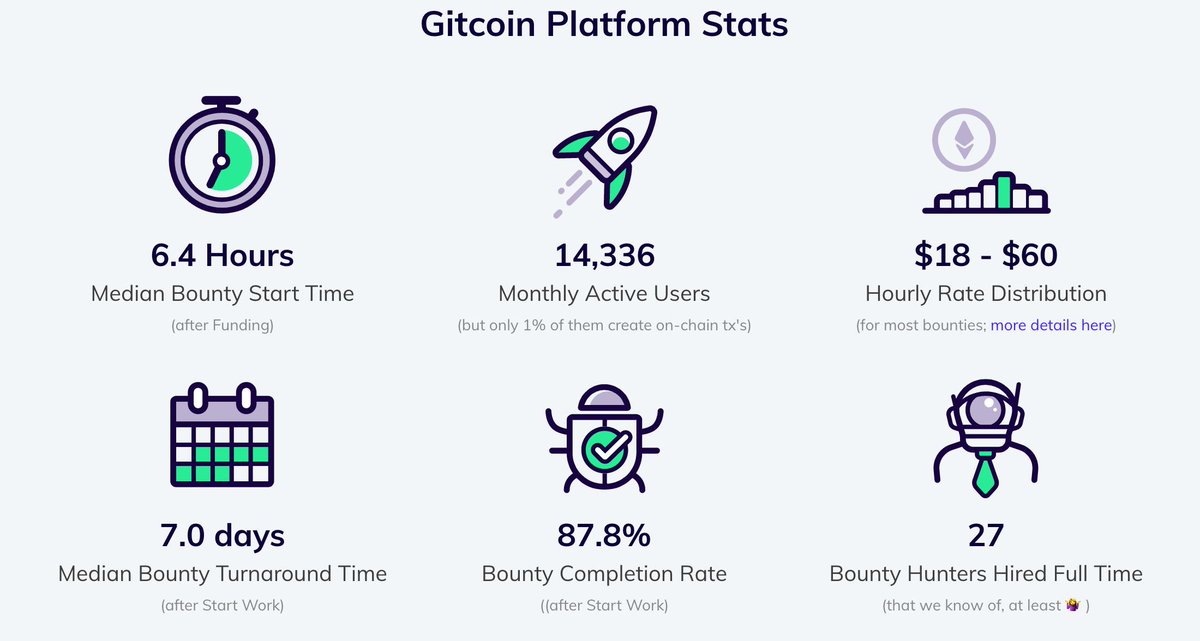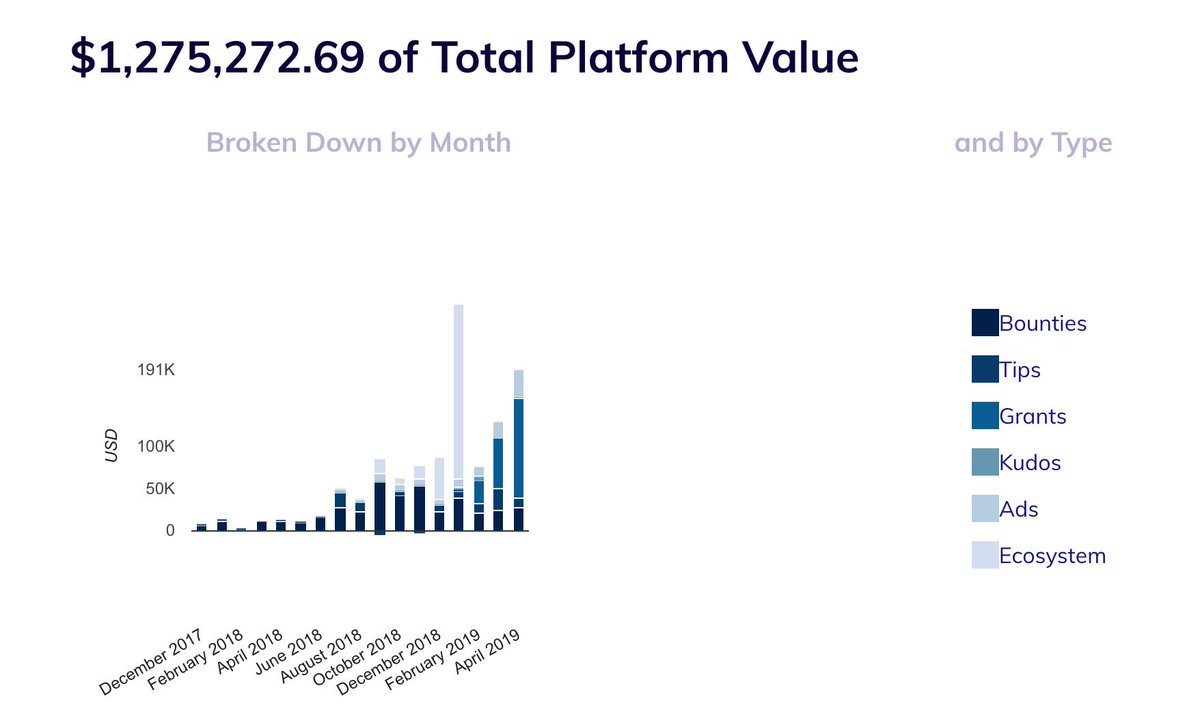
During #GR8, we ran an a/b test on the default sort mechanism on the grants/ page.
We wanted to test whether @gitcoin platform has the great power (& great responsibility) to affect funding of grants via its discoverability & curation tools.👇
We wanted to test whether @gitcoin platform has the great power (& great responsibility) to affect funding of grants via its discoverability & curation tools.👇
The a/b test was between two grant landing page sorting algorithms:
1. **weighted_shuffle** - every grant has a chance of being in top 10, which is equal to their `max(5000, current_match_amount)`
2. **random_shuffle** - every grant has an equal chance of being in top 10
/2
1. **weighted_shuffle** - every grant has a chance of being in top 10, which is equal to their `max(5000, current_match_amount)`
2. **random_shuffle** - every grant has an equal chance of being in top 10
/2
Random shuffle is nice insofar every grant has an equal chance of being at the top, but it meant a lot of spammy/bad grants were surfaced too.
Weighted shuffle has the opposite effect (rich get richer, but filters out the riff raff). /3
Results 👇
Weighted shuffle has the opposite effect (rich get richer, but filters out the riff raff). /3
Results 👇
RESULTS:
1. For users in random_shuffle split, the avg current_match_amount of a grant a user contributed to was $4302.50
2. For users in the weighted shuffle split, this avg was $4686 (+$386).
TLDR - Gitcoin's default sorting mechanism *DID* affect which grants got funded. /4
1. For users in random_shuffle split, the avg current_match_amount of a grant a user contributed to was $4302.50
2. For users in the weighted shuffle split, this avg was $4686 (+$386).
TLDR - Gitcoin's default sorting mechanism *DID* affect which grants got funded. /4

Here is an overview of the data we used (every normal grant across all 3 matching rounds, infra tech, dapp tech, and community grants were included).
Thanks to @frankchen07 for helping me munge this data. /5
Thanks to @frankchen07 for helping me munge this data. /5

As the founder of a platform that aims for credible neutrality, I am a bit uncomfortable with the results.
We've learned that the discoverability tools we create will affect the grants which the community funds most often. /6
We've learned that the discoverability tools we create will affect the grants which the community funds most often. /6
This leads me to believe we need to decentralize this great power (and great responsibility) away from Gitcoin dev team in round 9+.
Whether that means doubling down on grant collections, incentivizing others to build Grant discoverability tools, or finding new ..
Whether that means doubling down on grant collections, incentivizing others to build Grant discoverability tools, or finding new ..
curation mechanisms that match the community's values, I am not certain yet.
Over the long arc, we want Quadratic Funding to be the optimal tool for expressing democratic preferences for funding public goods. Today's insight is one small step towards that goal.
/fin
Over the long arc, we want Quadratic Funding to be the optimal tool for expressing democratic preferences for funding public goods. Today's insight is one small step towards that goal.
/fin
• • •
Missing some Tweet in this thread? You can try to
force a refresh



